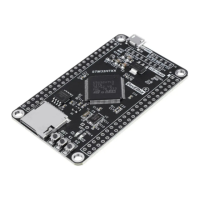
Do you have a question about the ST STM32H723 and is the answer not in the manual?
| Brand | ST |
|---|---|
| Model | STM32H723 |
| Category | Microcontrollers |
| Language | English |
Overview of the power supply requirements and features for the microcontrollers.
Details on external components and pin connections for power supply inputs.
Explains core, analog, USB, battery, LDO, and SMPS power domains and regulator configurations.
Covers POR, PDR, BOR, PVD, AVD, system reset, and bypass mode functionalities.
Overview of available internal and external clock sources and PLLs.
Details HSE/LSE bypass, crystal oscillators, CSS, and CRS for clock management.
Mapping of analog inputs to ADC1, ADC2, and ADC3, including specialized pads.
Describes different pin pad configurations (Pxy_C, Pxy) for ADC performance.
Explains boot mode selection via option bytes and the BOOT pin.
Details the embedded bootloader and its communication peripherals.
Overview of host-to-target interface components for debugging.
Covers SWJ-DP, TPIU trace port, external triggers, and pin assignments.
Guidelines for PCB layout, component positioning, ground, and power supply.
Advice on signal handling, unused I/Os, and features for EMC performance.
Covers PCB stack-up, crystal oscillator, and power supply decoupling.
Details layout guidelines for SDMMC, FMC, Octo-SPI, DFSDM, and ETM interfaces.



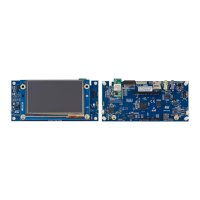

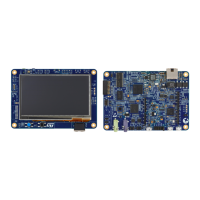
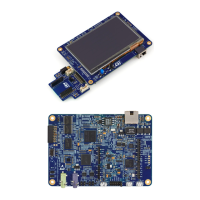

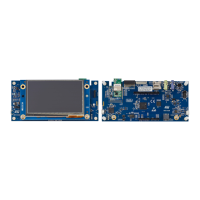
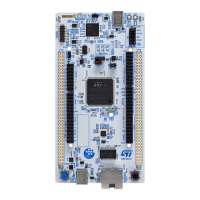

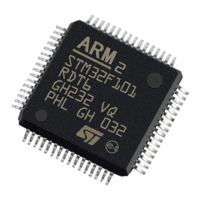
